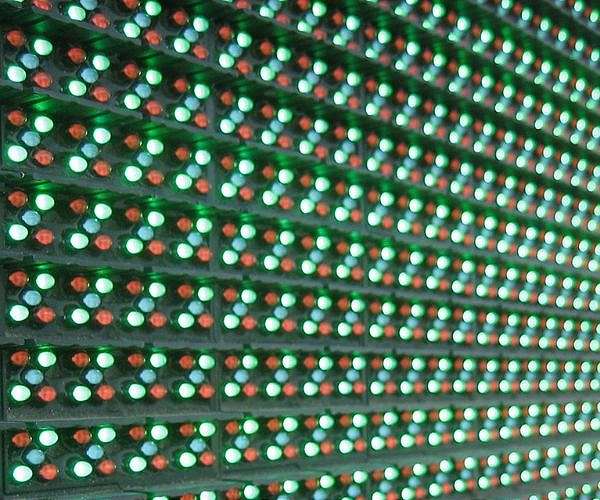Bright future for solar panels and screens with new nanocrystal research
Researchers from Curtin University have made a major discovery that could improve everyday technology, from TV screens to solar panels and medical diagnostics. The study, led by Associate Professor Guohua Jia, revealed how the number of molecules, known as ligands, that attach to zinc sulphide nanocrystals can be increased by manipulating the shape of these tiny particles.
Associate Professor Jia from Curtin’s School of Molecular and Life Sciences explained that ligands are essential for influencing the behavior and performance of zinc sulphide nanocrystals in various applications. “Ligands play an important role in controlling the behavior and performance of zinc sulfide nanocrystals in several important technologies,” said Jia.
The research found that flatter, more uniform particles called nanoplatelets can accommodate a greater number of tightly bound ligands compared to other shapes such as nanodots and nanorods. “In a discovery that could open new possibilities for the development of smarter, more advanced devices, our study found that flatter, more uniform particles, called nanoplatelets, can firmly attach more ligands, compared to other shapes such as nanodots and nanorods,” explains Jia .
By tailoring the shapes of these nanocrystals, the researchers were able to improve their interactions with the surrounding environments, increasing the efficiency of a wide range of applications. Jia highlighted that these findings could potentially transform the efficiency and performance of products such as LED lighting, displays, solar panels and medical imaging equipment.
The discovery also holds promise for the advancement of optoelectronic devices, which generate or use light to perform various functions. “Optoelectronics are important in many modern technologies, including telecommunications, medical devices and energy production,” Jia noted. The ability to control the manipulation of light and electricity is critical to the development of faster, more efficient and more compact electronic systems.
Its applications include LEDs used in light bulbs and TV screens, solar cells that convert sunlight into electrical energy, photodetectors in cameras and sensors, and laser diodes in fiber optic communications systems.
Research report:Deciphering the surface ligand density of colloidal semiconductor nanocrystals: shape matters


